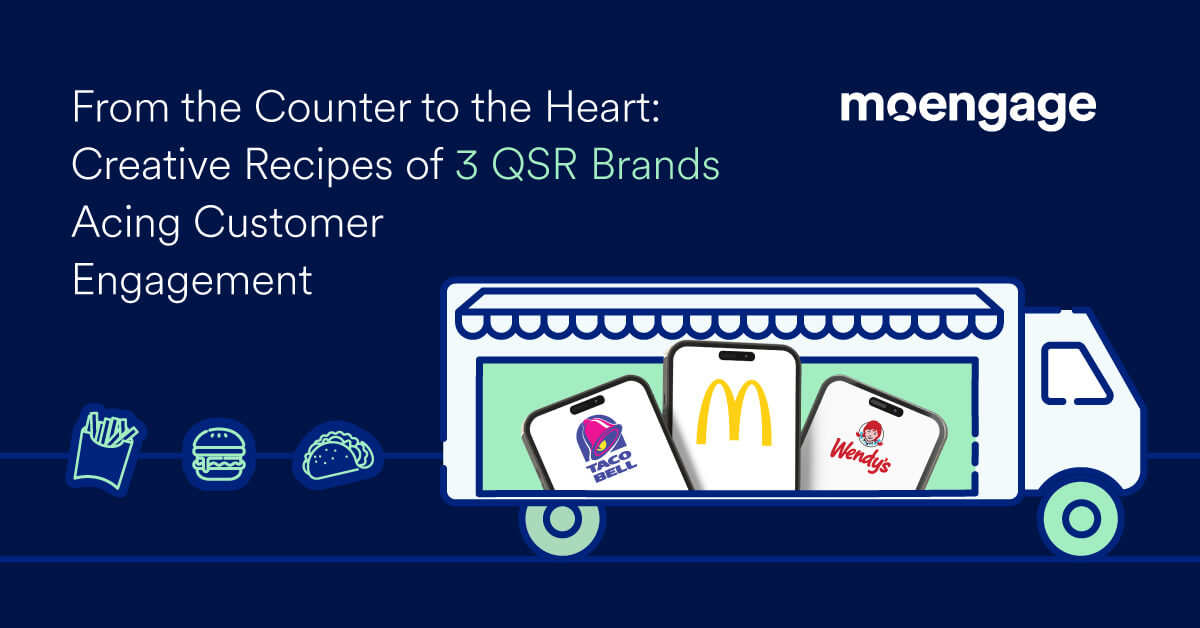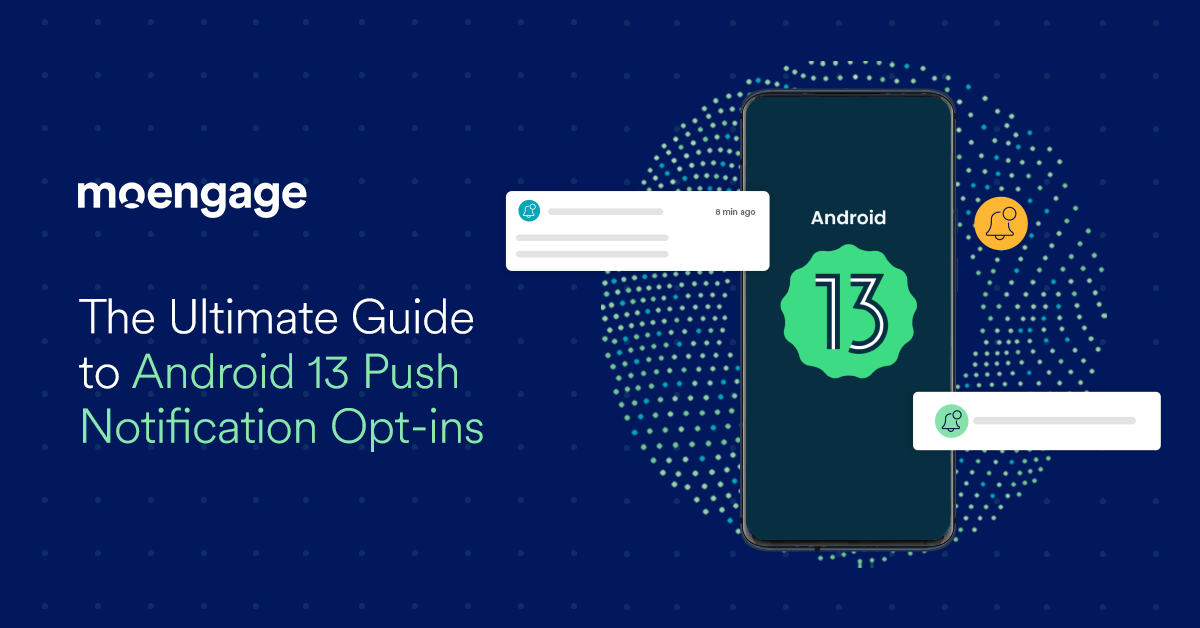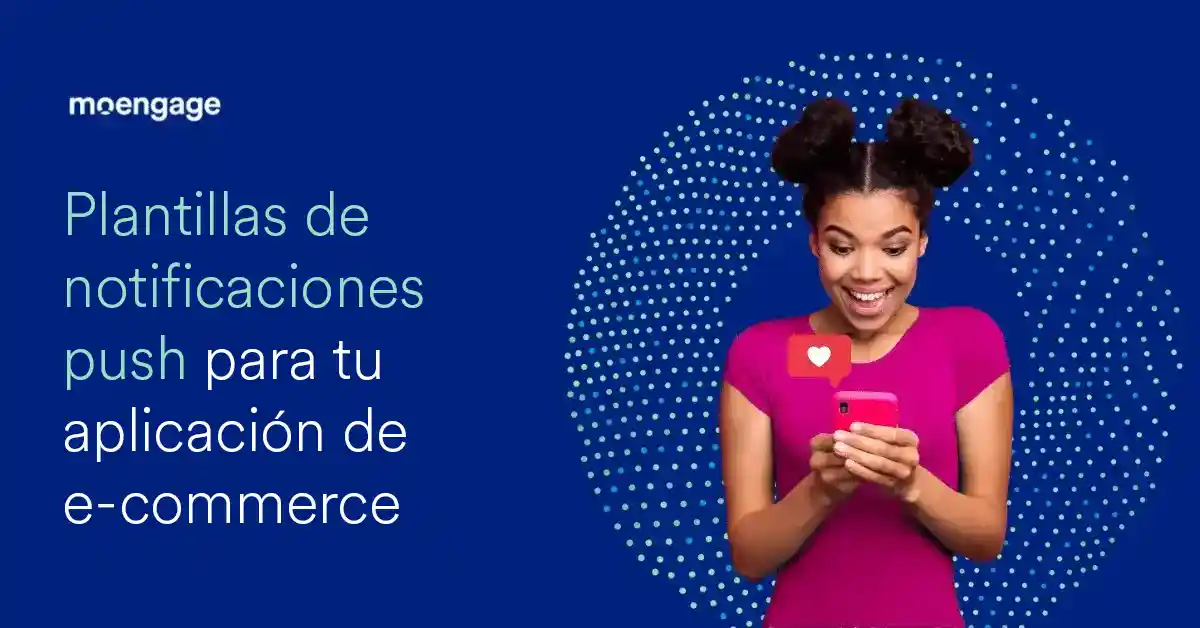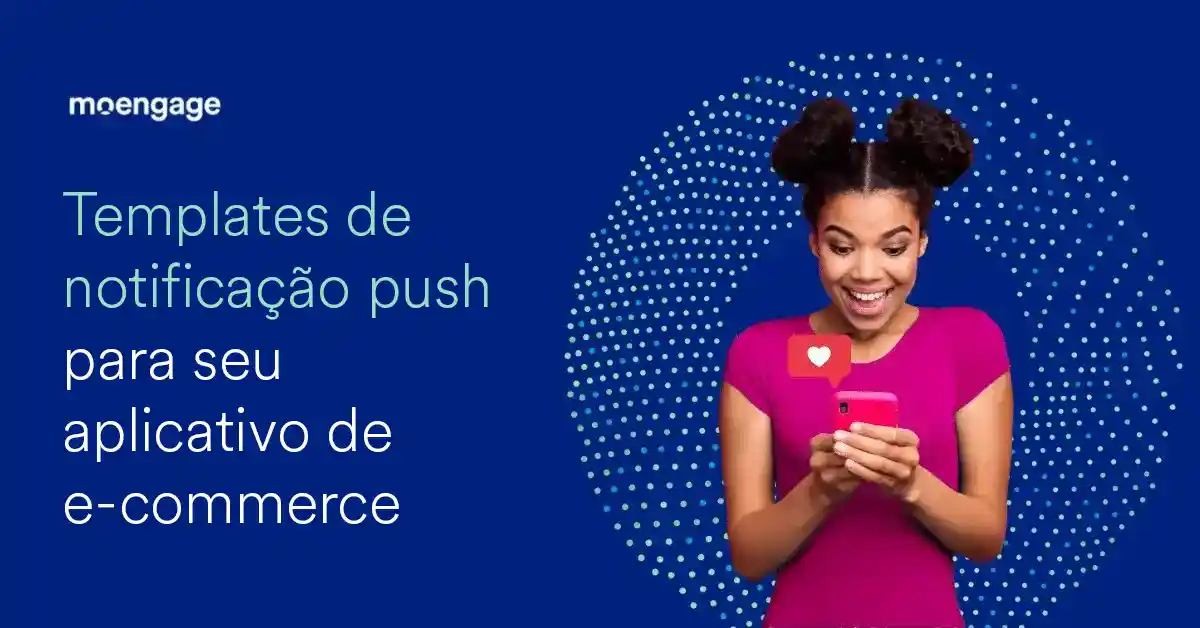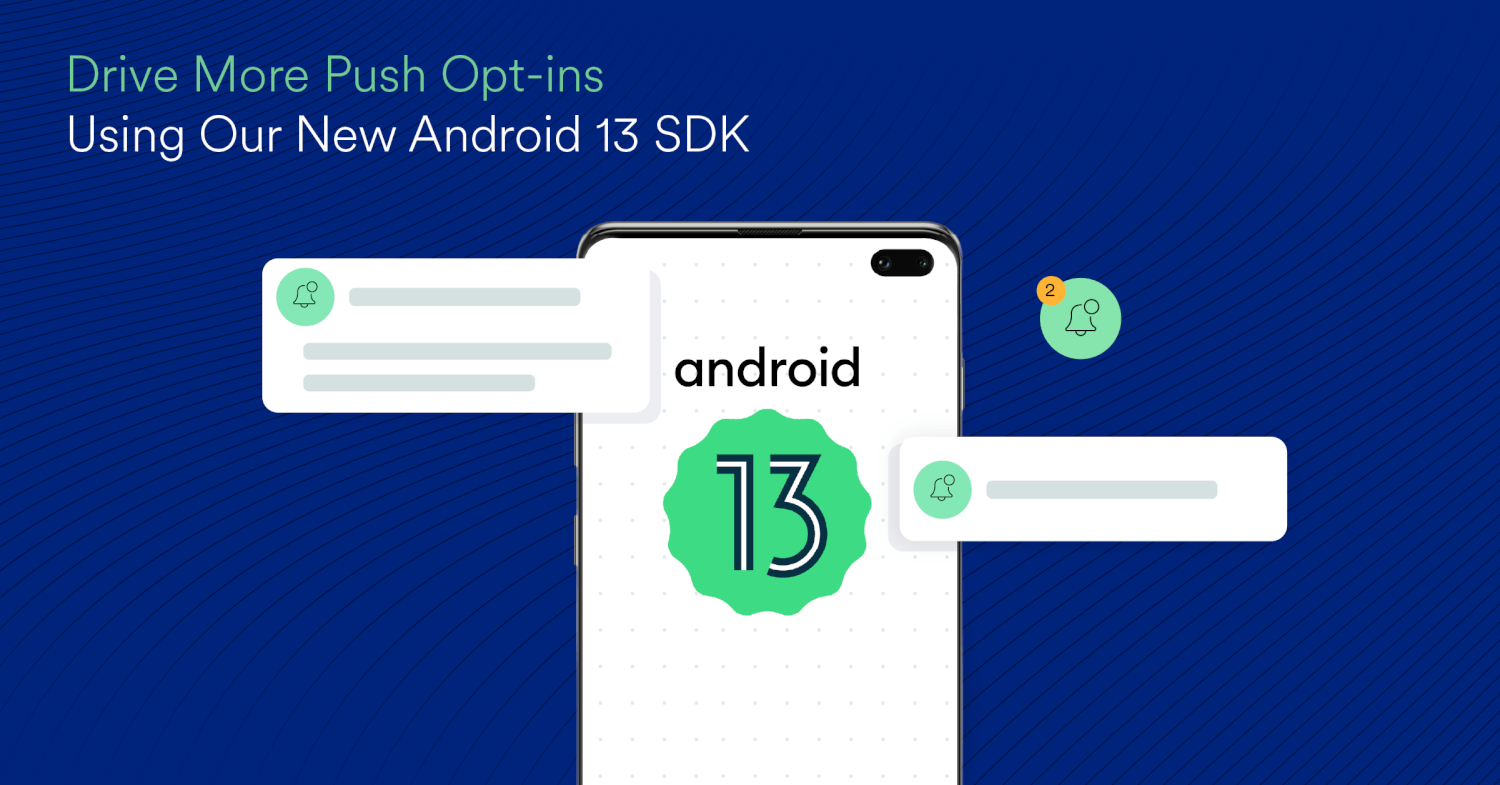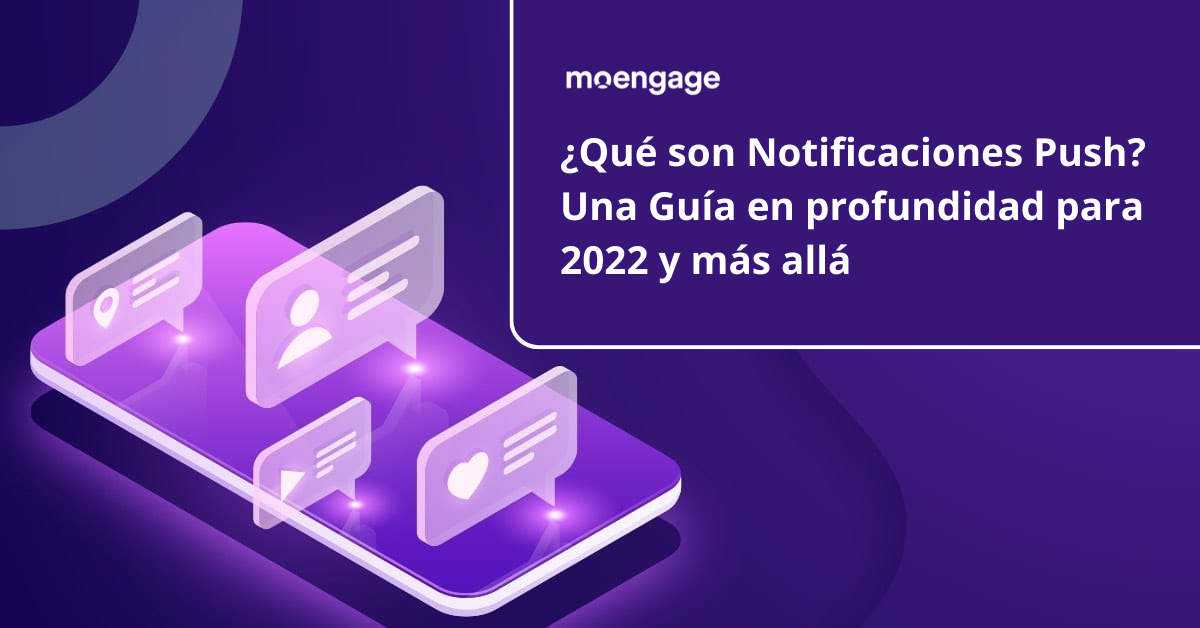6 Killer Strategies for Mobile App Re-Engagement
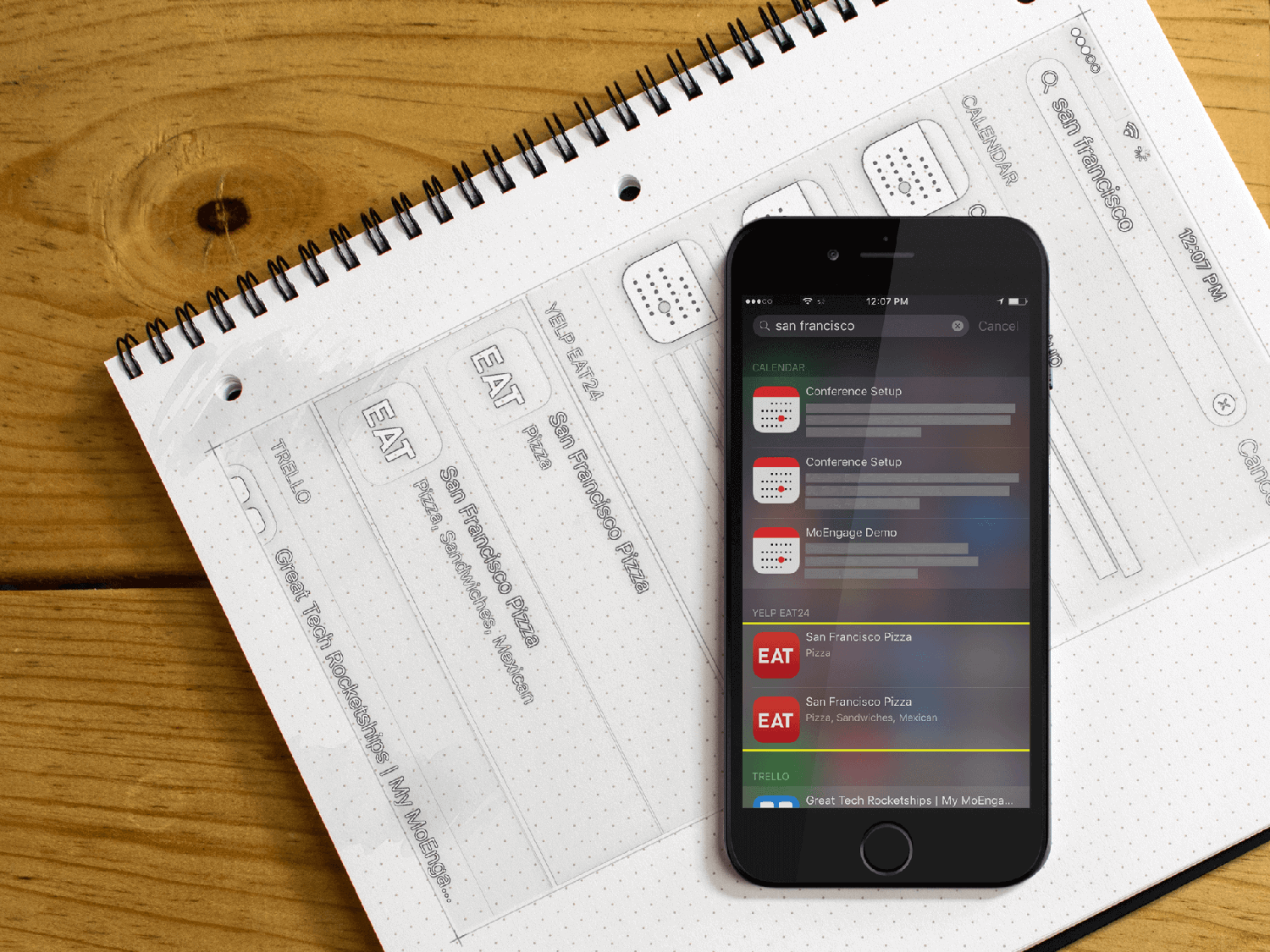
Reading Time: 7 minutes
Mobile internet is cementing its dominance of our online experiences. Since 2008, internet usage has grown at 11% year-on-year – and almost all of that has been mobile. Mobile usage now accounts for more than half the average American’s internet use.
| Bonus Content
👉 Beginner’s Guide to Omnichannel Marketing for 2021 [Download Ebook] 👉 Retail Strategies and Omnichannel Engagement Frameworks [Download Ebook] |
And we’re using apps more than anything else on our smartphones. Apps account for 86% of mobile users’ online time, with traditional web browsing accounting for just 11%. And over a third of US smartphone users download an app a month or more.
Awesome news for app developers, right?
Yes… and no. Smartphone users spend a lot of time on apps – but the same few apps, typically the same 26 apps in any given month, a number that has remained pretty steady for the last five years. And of those, only five see really heavy use.
The number of apps mobile users actually use has remained steady while time spent using apps has grown and smartphone use has exploded. The biggest names dominate – Facebook accounts for 13% of app usage, Google for 12%, native apps for 4%, and category-leading apps like Twitter for 24%. Only 28% of app usage goes to apps outside these groups, so of the 26 apps users actually access monthly, only 7 are really up for grabs.
The big problem that lies before app developers and marketers, then, is: ‘how do we become one of the 7?’
There are some clues. A third of smartphone users download an app a month, but that doesn’t mean they’re actually using them. In fact, app abandonment, when an app is used just once and then uninstalled or never used again, is on the rise, while mobile app retention is actually falling.
Take a look at Mobile App Retention: Benchmarks, Strategies & Best Practices
Most apps lose 77% of their customers in the first three days after installation; if you keep 20% of your customers, you’re ahead of the curve.
That points to the big error app marketers make, and it’s the same one too many marketers in other niches make too: mistaking activity for productivity. Just because a lot of people follow you on Twitter, it doesn’t mean anyone actually reads your tweets – let alone clicks through or makes a purchase. Similarly, just because a lot of people download your app, doesn’t mean anyone’s actually using it.
What should you do if your app has been abandoned? How do you drive mobile app re-engagement? And how do you stop new users from abandoning?
1. Attract the Right Users
Above, we talked about how using downloads as your key metric leads you off-base. Here’s where that process starts: when you say, ‘we got more downloads, we’re doing better!’ you’re missing out this vital point. You don’t need more users who will download your app and ignore it. You need the right users.
Scattergun marketing is long dead, and the future of the industry is in ever-deeper personalization. Use Facebook’s Custom Audience Targeting to drill down demographically and personalize marketing messages to the users whom your research tells you are most likely to become long-term repeat users. Using your app is like being a customer, but within a proprietary environment with multiple after-marketing opportunities; but they have to be in that environment, using the app, for any of that to bear fruit. So don’t concentrate on getting the most footfall. Instead, seek to build a community.
2. Make the App Engaging to Start With
If a user actually engages with an app 11 or more times, it stands a good chance of becoming one of their 26 regular monthly-use apps. But a quarter of users will disengage after a single session. So you have one session to earn the next 11, and 11 to earn regular usage.
That means you have to focus on making the app engaging right out of the box. Too many times, marketing will spend more time testing and designing the customer journey up to purchase than will go on the journey through the early stages of app usage.
But because it’s the same customer, it’s the same journey-and it needs the same level of attention. And just like the aim isn’t to have users wandering around the website forever pre-download, ‘engaging’ doesn’t have to mean ‘permanently on’ – you might be onto a good thing if you’re seeing lots of quick, short visits, especially if your app is oriented toward information gathering, says Indiana University associate professor Rob Potter.
Louie Mantia, a designer at Pacific Helm, echoes this: ‘In some apps,’ he says, ‘the point is to spend as little time in it as possible.’ The comScore list of the US’ most popular mobile apps matches their point: gaming accounts for 11% of mobile app use, but there’s not a single game in the top 25 apps, a list dominated by Google, Facebook, and Instagram.
3. Track and Trigger
When users open your app, they’ll interact with it in certain ways, and each interaction can be regarded as an ‘event.’ Those events can be tracked with in-app analytics, either a proprietary system or one of the many third-party analytics systems available. Now you have a structured view of your users’ journey through the app, one that you can compare with your UJ design and recalibrate on the fly if need be.
You should also have some insights into which events tend to be associated with a disengaged or highly engaged user. For instance, if you have a weight loss coaching app like Noom or MyFitnessPal, are your most engaged users also your most successful at losing weight? Does negative feedback often come before disengagement? Are certain areas of the app difficult to navigate, generating lots of events as users struggle to do what they actually want. before quitting?
Once particularly sensitive events have been logged, you can use triggers just like you would in the automated email marketing workflows, except that in-app triggers might result in SMS, in-app messages, push notifications, emails, or social messages that reinforce the behavior you’d ideally like to see next, pulling users back into the app with rewards, celebrations of their achievements or even coupons and offers.
4. Ace Push Notifications
Push notifications are a hugely effective way of recovering inactive app users. But not everybody is keen on receiving push notifications and chooses to ‘opt-out’. To avoid triggering higher opt-out rates, then, maybe we need to show users, the value of opting-in depending on your industry and the type of your app. For example, immediate reward or actionable content: if I want a ride, I want it now, not later today sometime. The headlines I can take or leave – because I can’t do anything immediately about them anyway, and besides, I have to figure out lunch.
Again, we’re likely competing for limited bandwidth in terms of user attention, screen time, and individual users’ patience with receiving endless push notifications. It’s about earning engagement, so push notifications have to add value every time. Compare Uber with Twitch or Shazam. Uber’s push notifications are core to its functionality for its users; turn them off, and the app is much less useful.
So do Uber users tend to OK push? Yes, they do, 79% of the time. Shazam sends push notifications to its users congratulating them on their taste in music. Not much value – and fewer opt-ins. Twitch sends push notifications based on how many streams in the app a user subscribes to, with the result that 1, you can get a notification on a 5-minute basis throughout the day and 2, it’s a pet peeve of the Twitch user community, with a big section of their subReddit dedicated to turning notifications off.
Keep notifications streamlined and rewarding by building push notifications in-app the way you’d build email drips – based on in-app analytics, segmentation, and testing.
But you should ace the opt-in too. Don’t ask for push notification opt-in right away, and resist the temptation to bundle it with downloads. (Something Shazam got in trouble for a few years back.) Instead, think about how to position the question so you maximize opt-ins but don’t let the question itself become intrusive or irritating. The best way to avoid that is to build it into a welcome/onboarding session after some value has been demonstrated.
5. Deep Linking
Deep Linking means using linking in-app, where a URL will take a user directly to a specific area of your app. While thought leaders predict deep linking to revolutionize the mobile industry, news and media are more interested in how it might provide app functionality that mirrors the HTTP layout of the web. But what deep linking does for you right now is make analytics and tracking easier and more effective, and make using your app easier and more attractive.
Here’s how it works: on the web, a deep link is ‘deep’ because it links to a page ‘deeper’ inside a website’s hierarchy. (You never hear the term about the web because deep linking is the default on websites.) A mobile deep link is ‘deep’ because it links to a specific location, section, page, or area of your app, not the login or homepage, or start area. In other words, it links to the inside of your app, not the outside. That means that for the user, rather than start the app, then find what they want inside it, they can just click that deep-link and hit the ground running.
Apps have to be configured to handle deep linking and that has to be baked into the code. If it isn’t in your app, consider it for when you do updates.
Be warned, though: deep linking needs a helping hand at the moment. Implementing it without either your own proprietary aids or help from a third party like Branch or Deeplink.me can result in unappealing effects like being plagued with error messages, or failure to carry data over into the native app environment. It’s best done excellently or not at all, and if you’re thinking you’ll wait for the technology to mature, you’re (understandably) part of the reason mobile deep linking is still relatively rare.
6: Understand Why Engagement Tails Off
If your app’s getting downloads, where is the disengagement happening? Are you losing users primarily after initial use, or does usage tail off in the crucial first 11 uses, or is it an even slower process?
Again, analytics and tracking is the place to start, but you have to extract the insights and pair them with appropriate re-engagement strategies. If you have segmentation in place already this is way easier. For example, if you have a credits system in-app, like a lot of games do, you can see that some users will quit when they run out of credits.
To re-engage, push notices or immediate in-app messages offering enough credits to get back in the game could pull users back in – and that can be effective even in non-game in-app credit systems. Alternatively, with apps that use staging posts or achievements to encourage retention you can use messaging in-app or by push, SMS, or email to contact the user and underscore how close they are to the next achievement.
Conclusion
Your mobile app lives or dies by active users. And the average mobile app leaks active users like crazy. Rather than thinking of downloads as the key metric and disengagement as inevitable, you can drive revenue by seeking to maximize engagement out of the box and by taking every opportunity for re-engagement.
Want to know how brands like Bigbasket, Travelz, and Oyo Rooms use MoEngage Push Amplification to improve their push notification delivery rates? Learn more about push amplification here.
Here’s What You Can Read Next |

